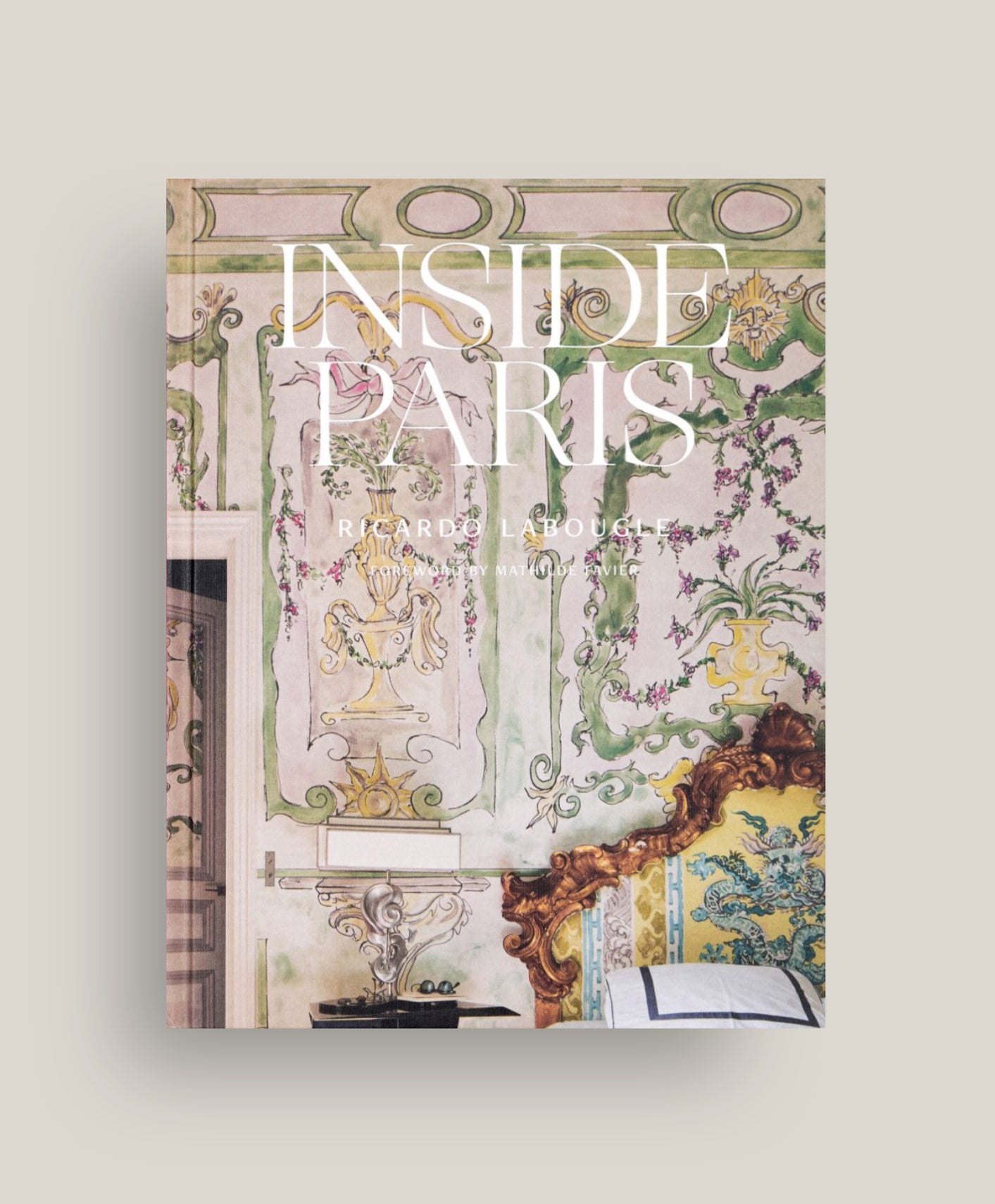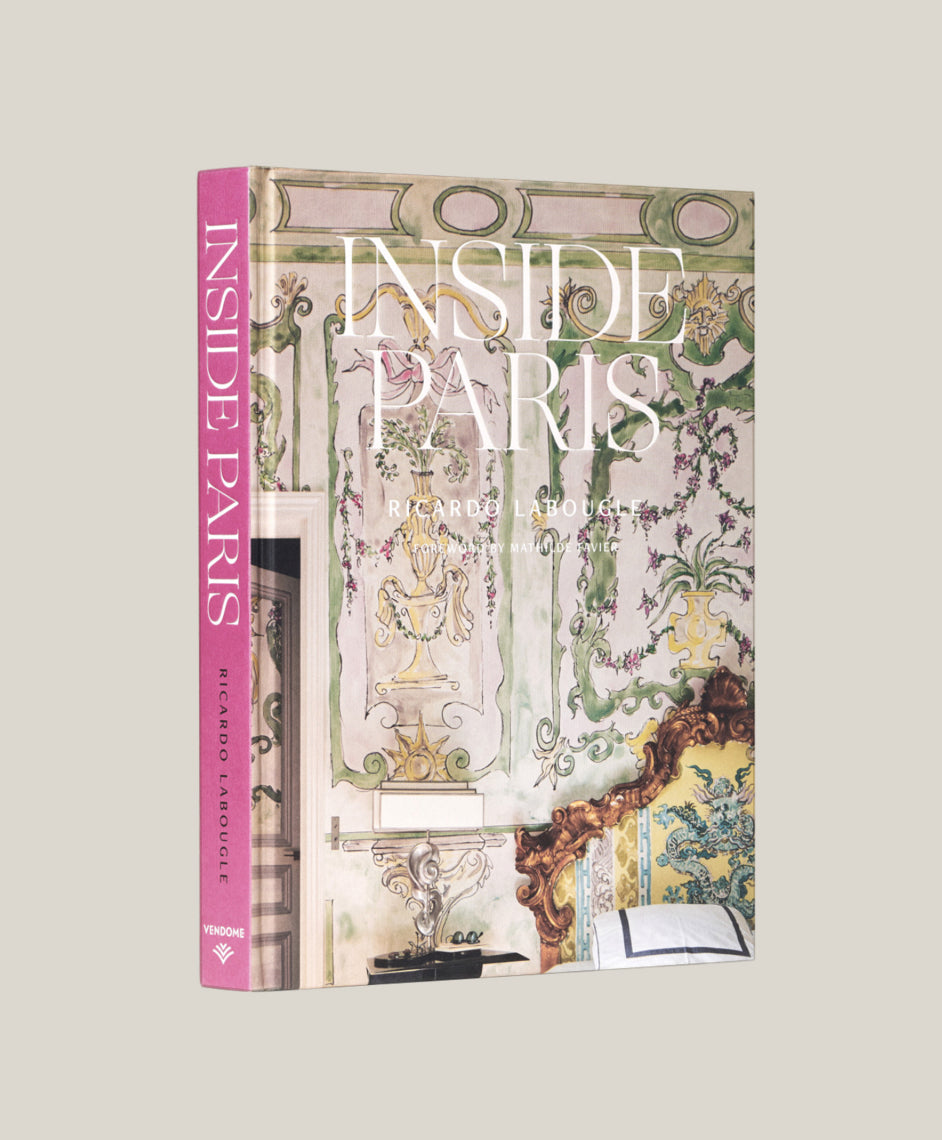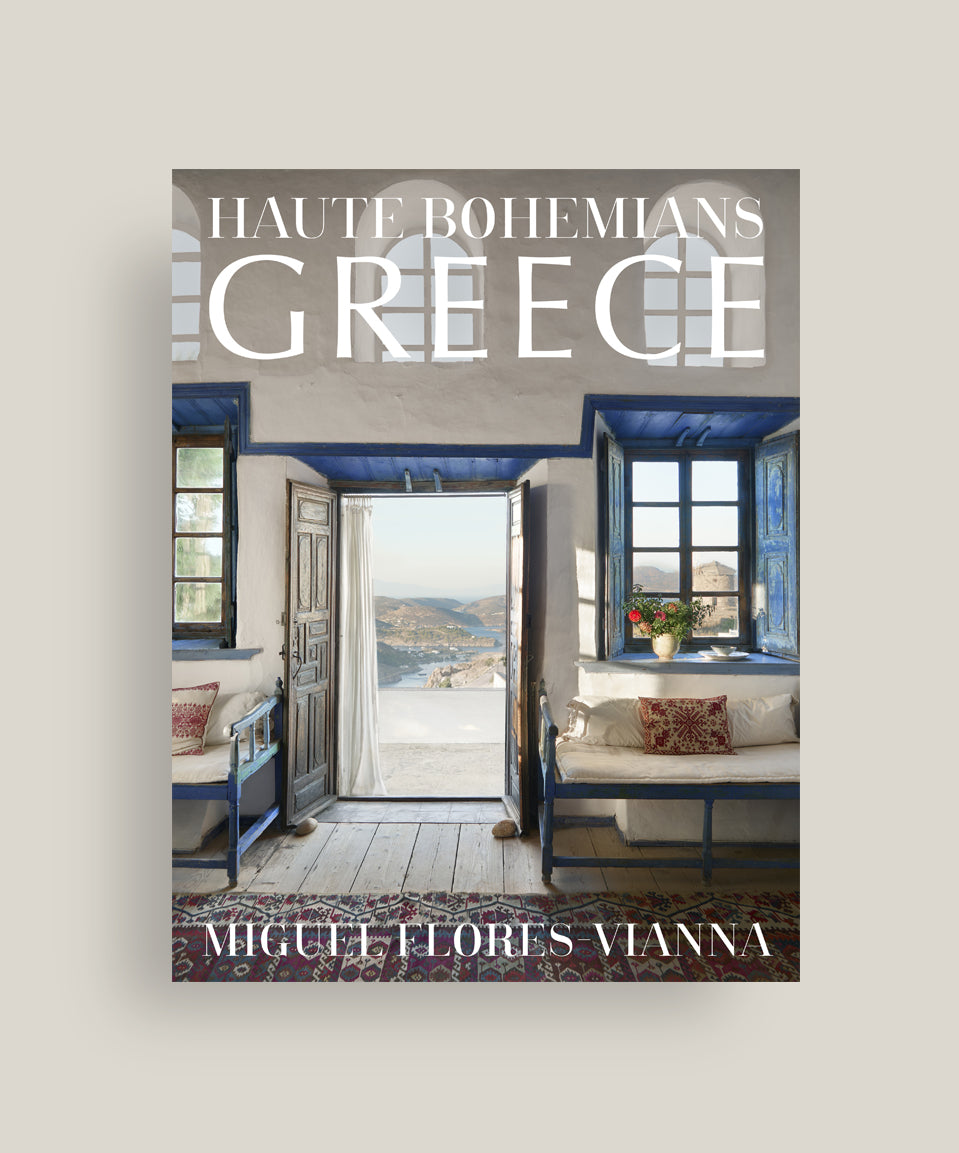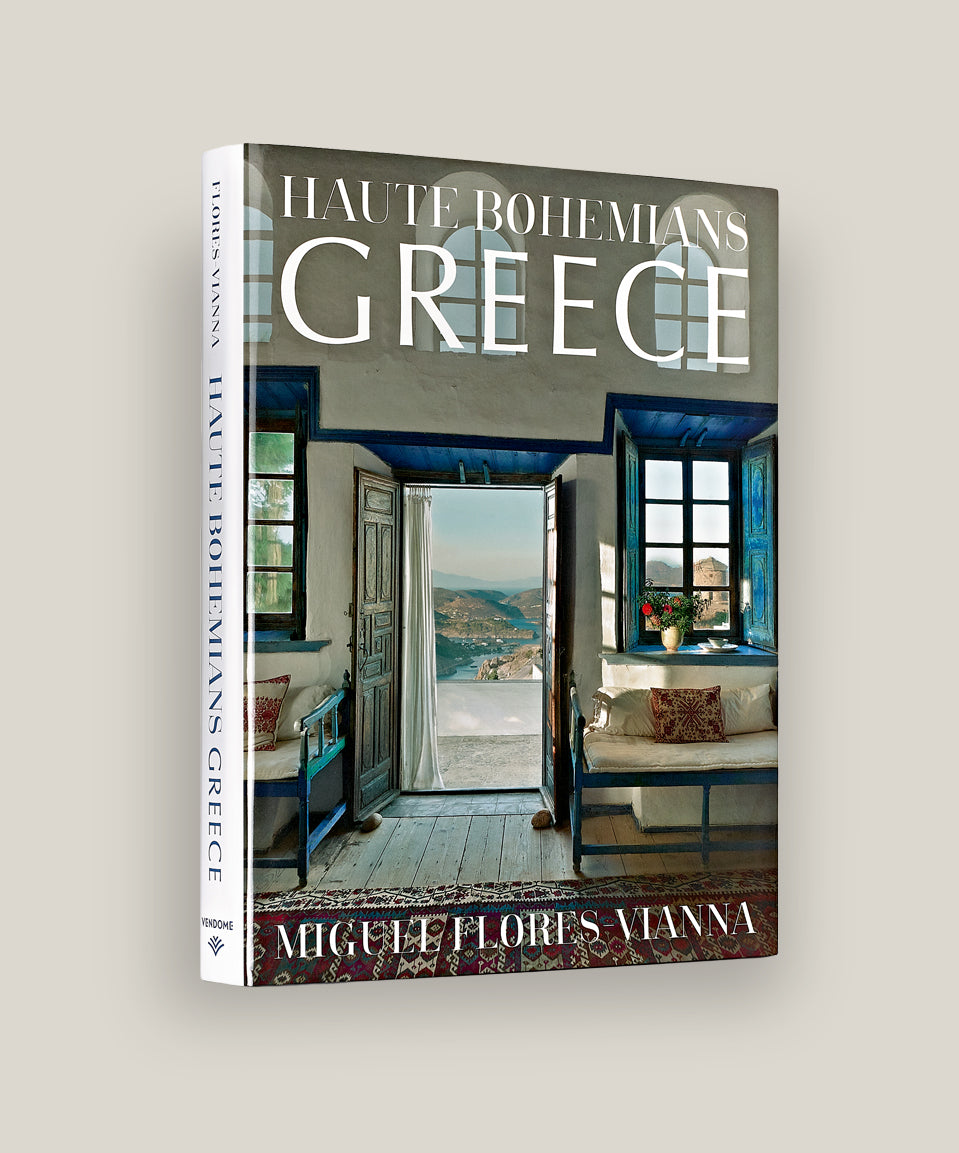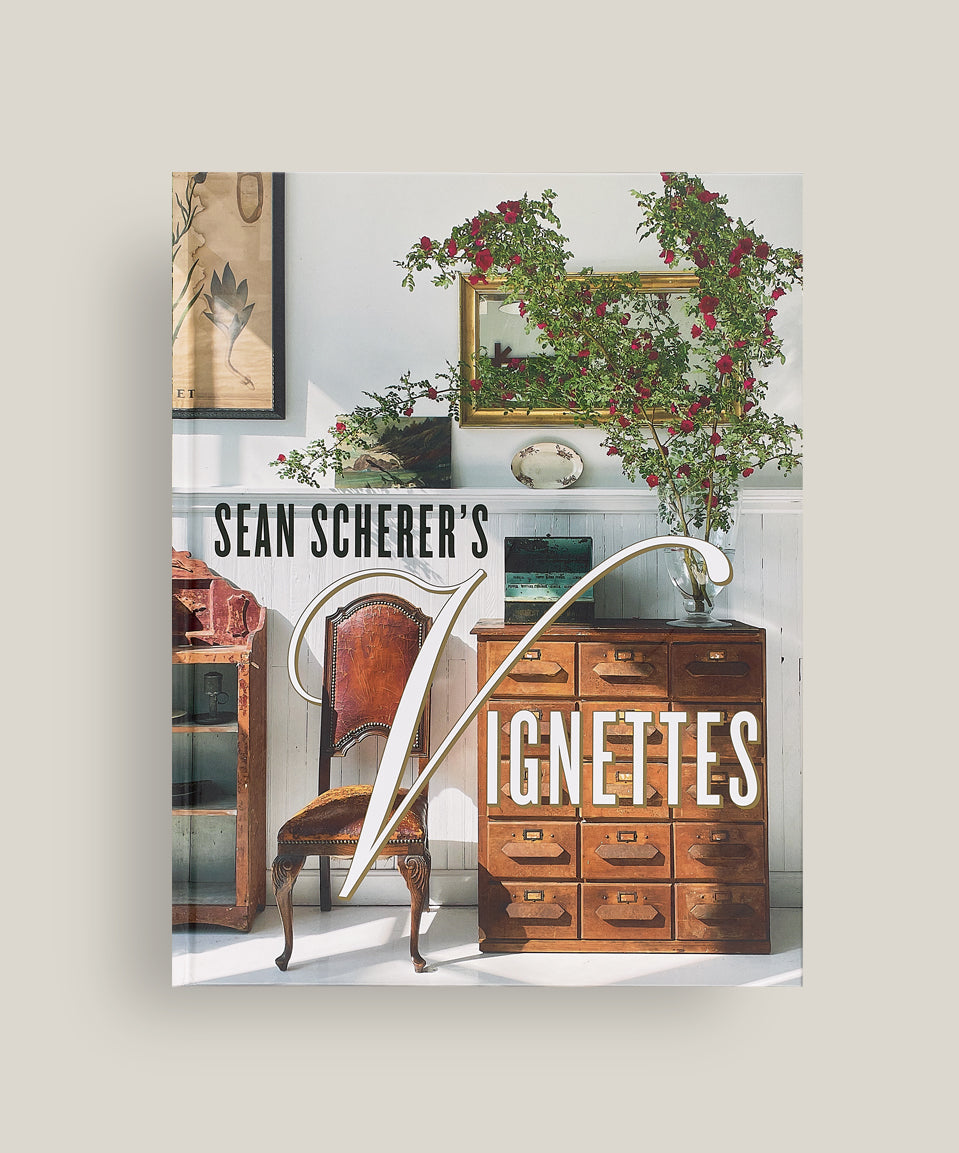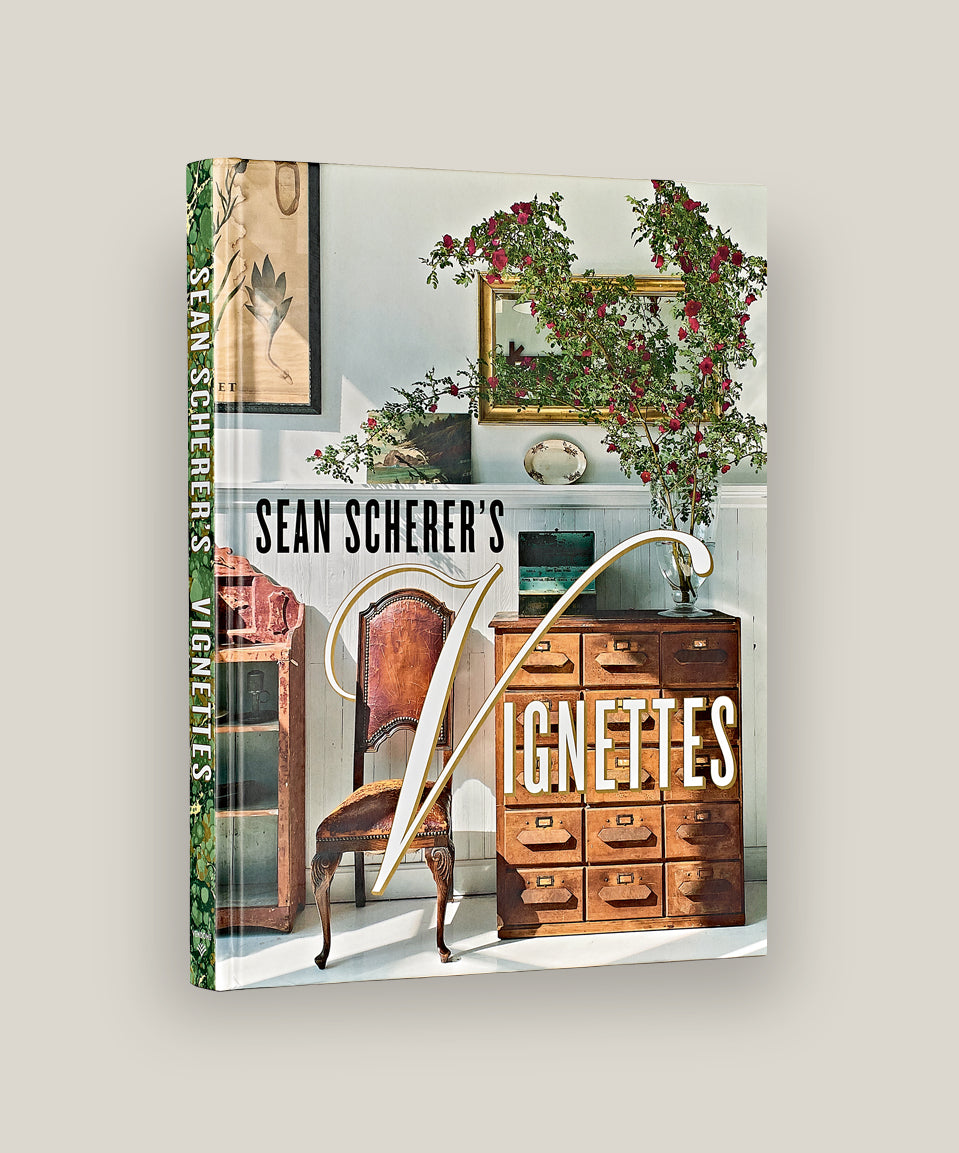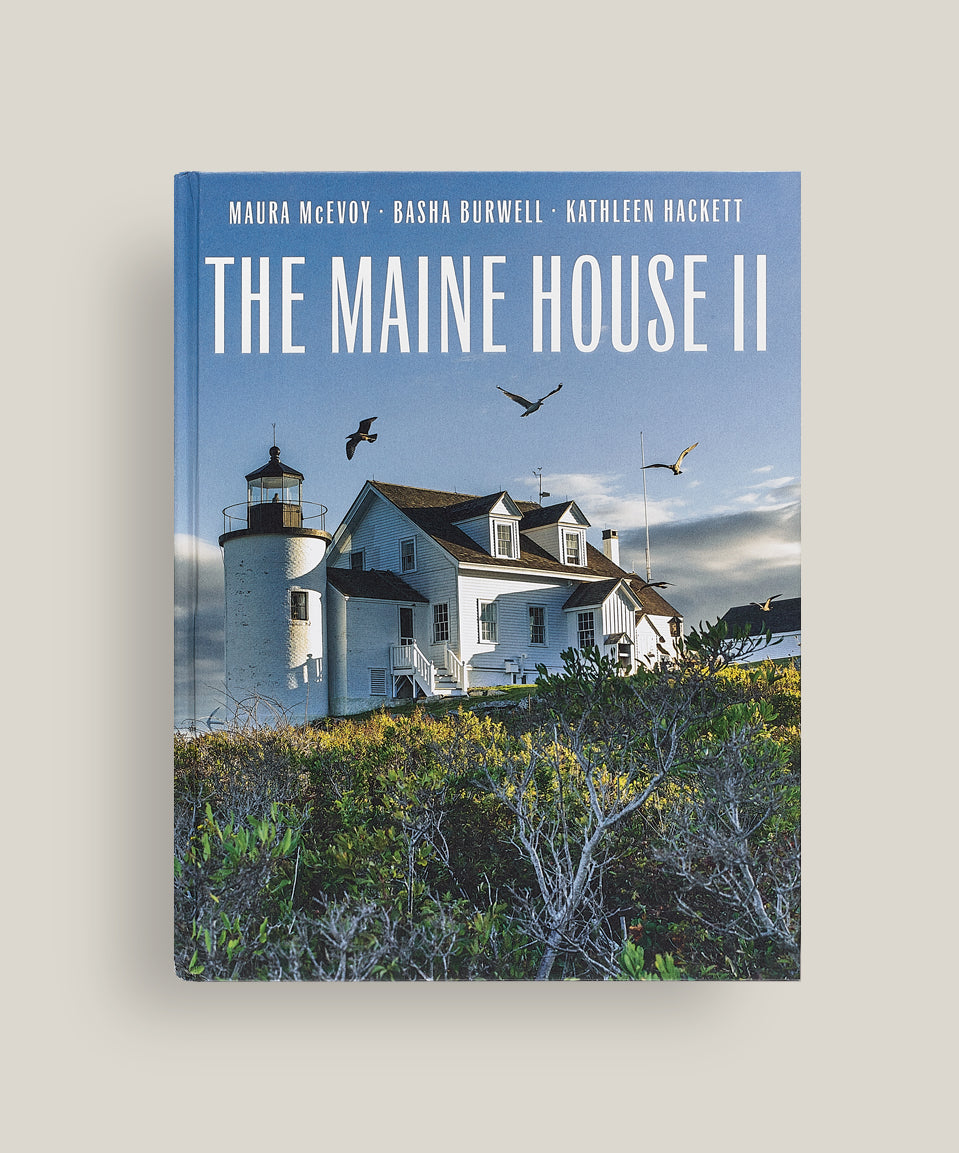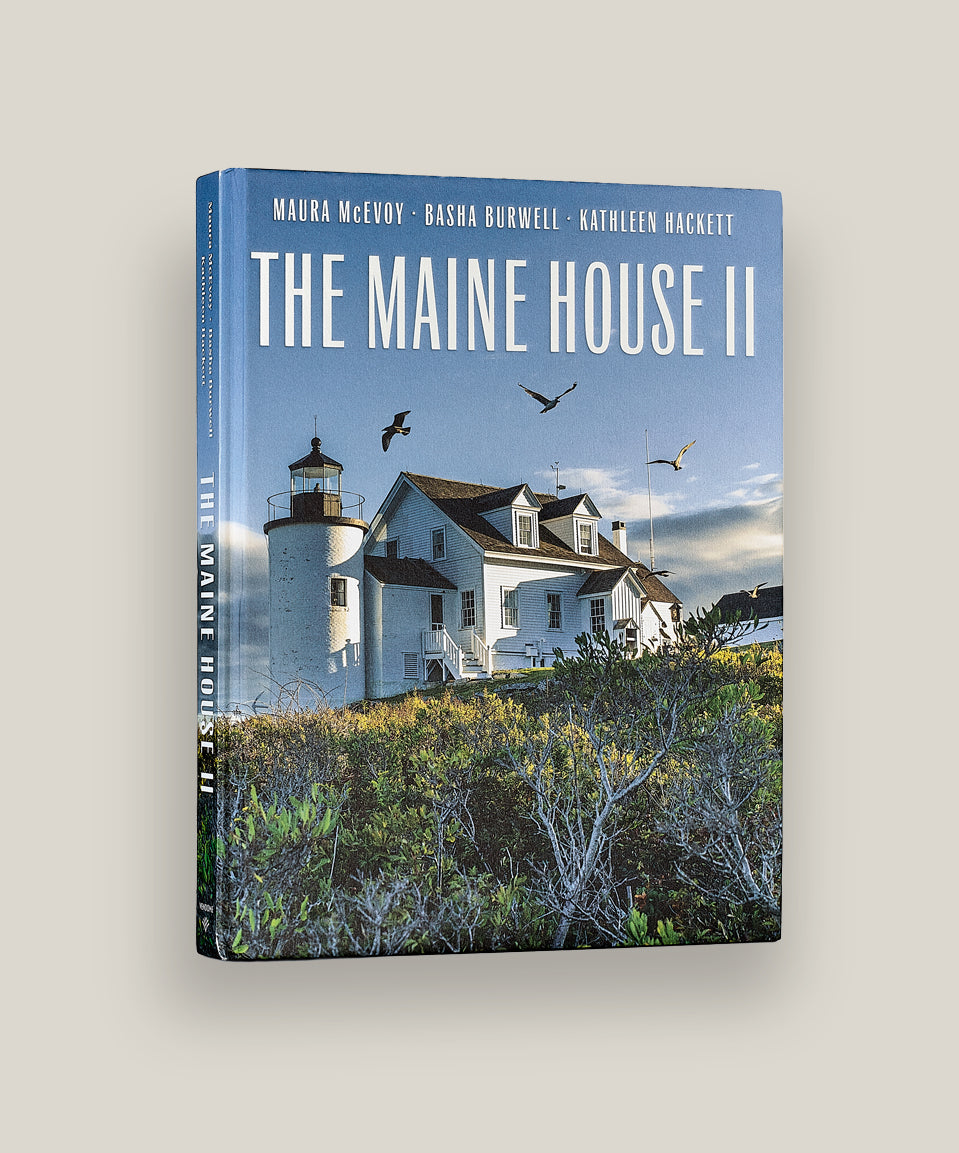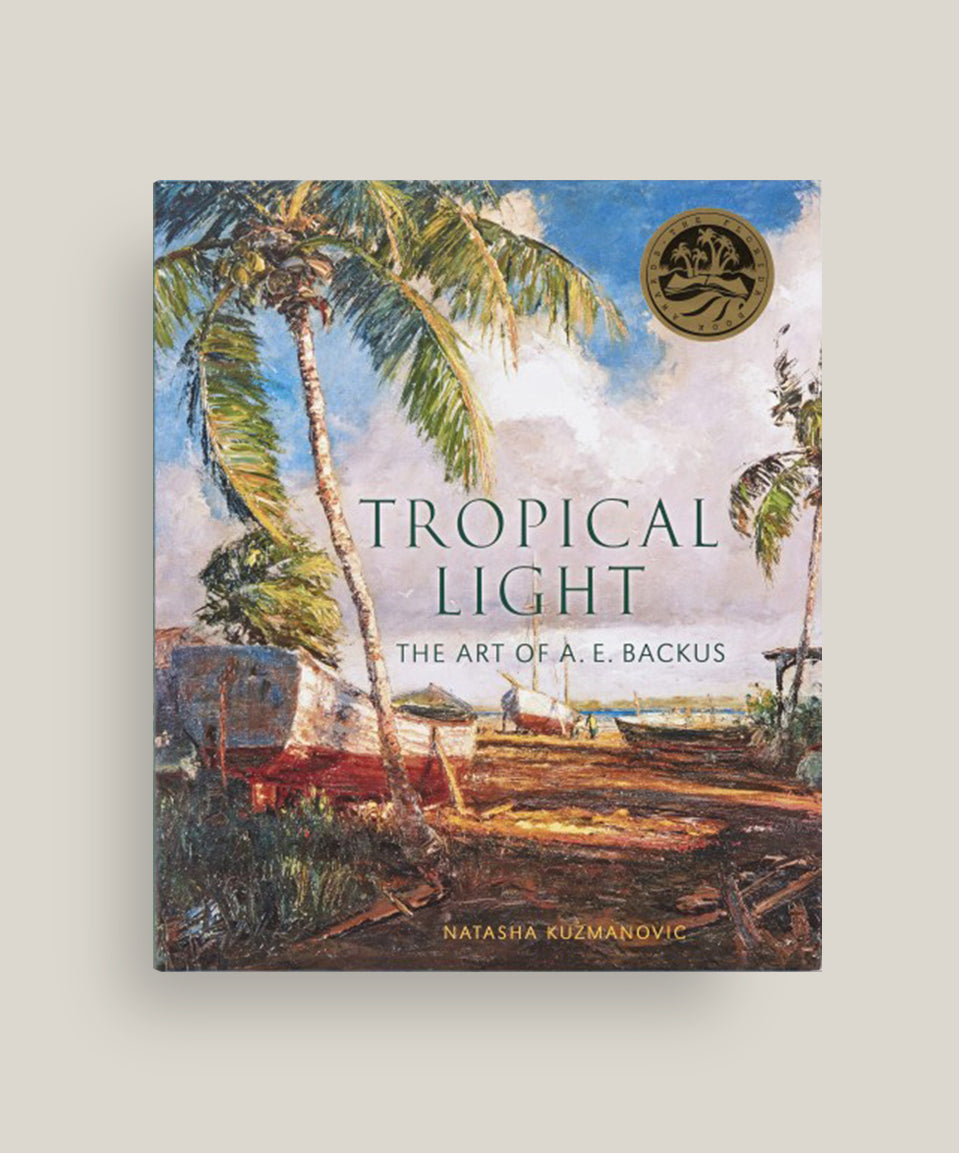

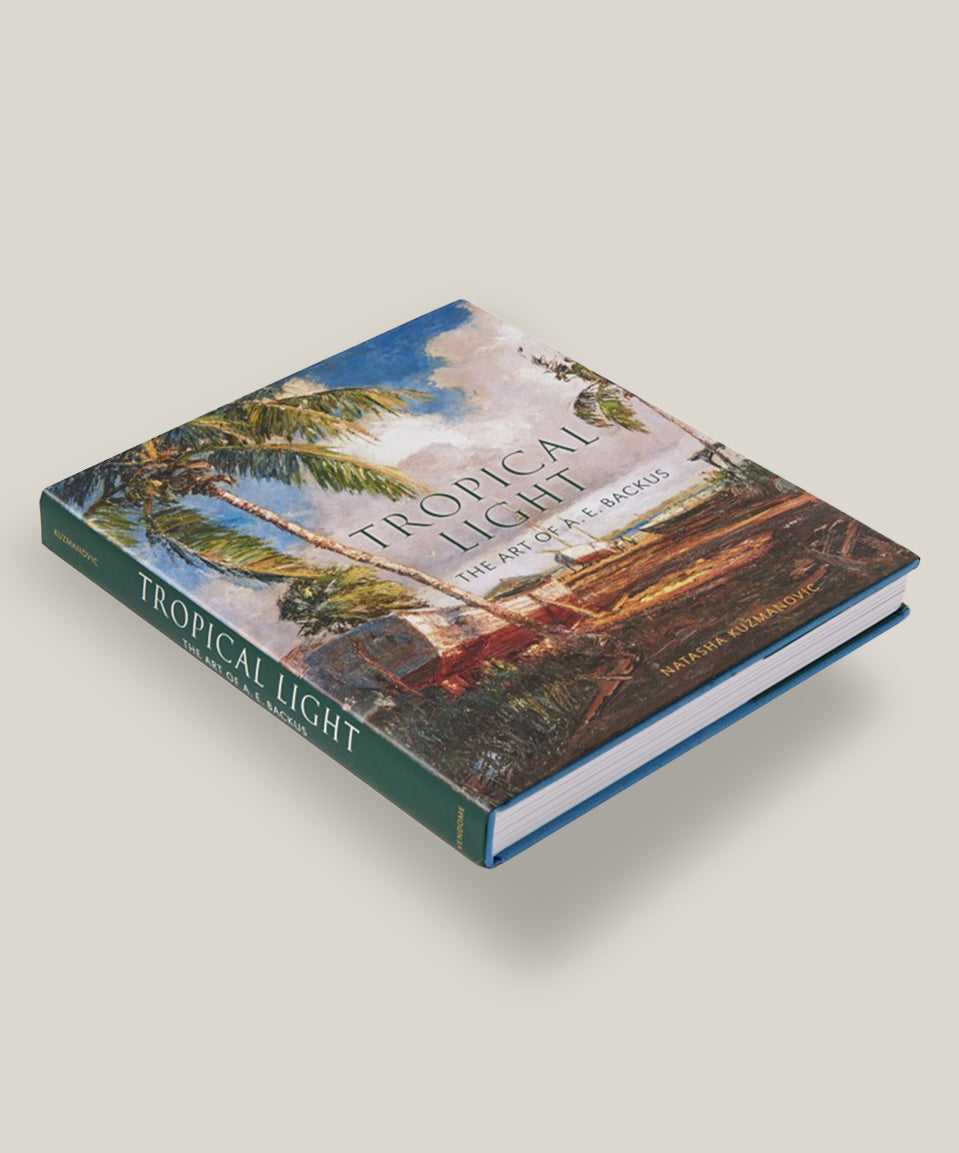

























Arguably no artist before or since has painted Florida so beautifully as Backus. . . . Backus excelled at capturing the essence of traditional Florida: rustic fishing camps, magnificent beaches, tidal rivers fringed with palms and mangroves, and the abrupt changes in the weather that characterize Florida’s tropical light to both natives and visitors.
— Art of the Times
This highly-readable text accompanied by extensive and well-documented notes, along with the beautiful and generous reproductions, makes this an important addition to art, public, and university libraries.
— Library Journal, starred review
